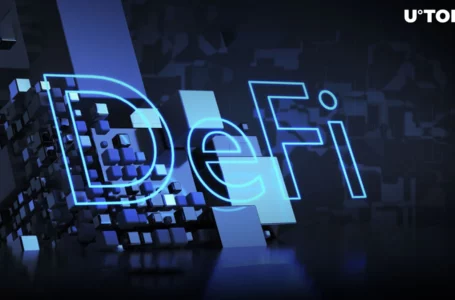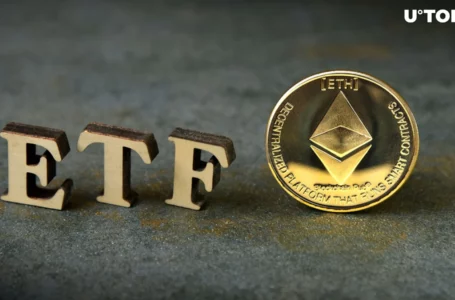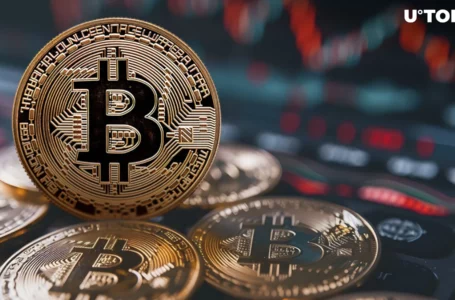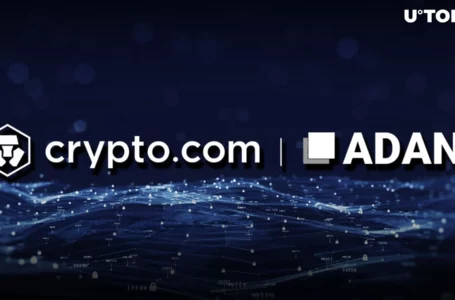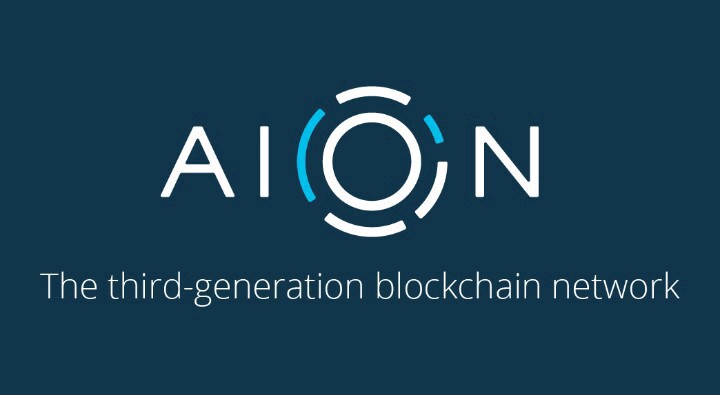
AION operates as the main utility token for the Open Application Network (OAN). The protocol serves a vital role in Dapp development and infrastructure services. The system combines a multi-tier blockchain strategy with advanced DeFi features to create a powerful tool for investors.
AION was built to operate as a reliable alternative to the status quo. The protocol is backed by some of the biggest names in tech and blockchain. As such, the network has managed to ink strategic partnerships with more than 500 industry leaders. These networks include Intel, Microsoft, Jaxx, NewAlchemy, Nextblock, Blockchange, and many others.
History
The Aion blockchain mainnet launched on April 25, 2018. The network is the brainchild of the Toronto-based tech company Nuco.io. It was already well-known in the market because it was launched by an experienced crew of blockchain engineers and developers. Notably, Matthew Spoke, the CEO of Nuco and board member of the EEA, and Peter Vessenes, who co-founded the Bitcoin Foundation, are two main supporters of this project. The protocol secured $25 million during its presale, which helped it to further develop its systems.
How Does AION Work?
AION provides its services using the Aion blockchain. This fourth-generation DeFi capable network was built from day one to improve on earlier networks problems. The blockchain leverages the Equihash consensus algorithm. This advanced PoW (Proof-of-Work) mechanism improves on earlier versions like Bitcoin’s SHA-256 equation. The system is flexible and supports all third-generation blockchain features such as staking. Users can also create and issue DeFi and NFT tokens using this protocol.
What Problems Does AION Attempt to Fix?
There are various issues that AION wants to reduce. For one, the network seeks to provide more interoperability to the blockchain space. There are so many decentralized networks that operate across both private and public applications. This limited operability creates issues where developers must recreate duplicate protocols rather than leveraging already established options.
AION and OAN create secure and reliable communication channels between various digital ecosystems. This structure enables developers to integrate multiple protocols into a single Dapp. As such, these next-gen applications can be faster, provide more services, and leverage the best security possible. In this way, the developers envision AION operating like an “internet for digital platforms.”
Lack of Scalability
Another major issue that has DeFi users scrambling for alternatives is scalability concerns. Scalability issues occur when network congestion slows down processes. Sadly, congestion leads to higher fees, slower transactions, and market backlash. Ethereum is in the middle of record-high gas fees due to the explosion of protocols on the network.
AION provides a viable option to Ethereum. The network offers a high data exchange rate. The system was built for performance and leverages a more advanced PoW consensus algorithm. Its design and internal mechanisms enable it to achieve high-speed transactions and data exchange across independent blockchains.
Benefits of AION
There are lots of reasons why someone would use AION to improve their strategy. The network provides developers with a secure way to interact between completely different types of blockchains. It even supports multiple networks communicating data simultaneously. Developers can create shared information, data, joint projects, and common applications using this protocol.
Ethereum Compatible
A major plus for onboarding purposes is Ethereum compatibility. Ethereum is by far the largest DeFi and Dapp network in existence today. AION enables Ethereum developers to program using familiar tools and languages which makes it easier for them to take advantage of the features of the network.
By combining digital projects compatible with this technology and Ethereum into one common network, the system streamlines the entire creation process. It also reduces costs and fees because the protocol enables direct p2p transactions via cross-chain bridges.
Developer Friendly
In order to compete against Ethereum and other smart contract programmable networks, AION needed to be developer-friendly. The protocol accomplishes this task. For example, it supports all types of custom blockchain architecture. The developer toolset includes a variety of shortcuts and strategies to improve efficiency. Best of all, these systems make it simple to create new blockchains and applications that integrate into the larger AION ecosystem.
Staking
Another benefit that users continue to enjoy is the network staking features. Staking protocols are one of the best ways for traders to secure consistent low-risk returns. Staking your crypto requires you to lock it into a smart contract for a predetermined time. Using the staking interface, AION users can see exactly how long and how many rewards they will receive for their actions.
Staking is ideal because there is no guesswork. When the staking period ends, you receive your original asset back and your rewards in the form of AION tokens. This strategy enables you to re-stake your profits to leverage compounding APYs. Best of all, there is no risk of losing your original asset, which makes this strategy great for those looking to put their crypto to work securing profits.
Aion Wallet
The Aion Wallet simplifies storing your tokens. This network protocol is secure and easy to use. You can see your balance, history, and other vital market statistics directly from the wallet’s interface. The wallet is a non-custodial wallet, meaning that you are the only one who has access to your private keys.
AION
AION serves multiple roles within the OAN system. It can be mined to secure the digital ledger. Its also required to execute smart contracts, create new tokens or blockchains, and when monetizing cross-chain bridges. The token is the main rewards token of the system as well. There are 466 million AION slated for release.
Governance
AION operates as a governance token. Users must hold AION to participate in the community governance system of the network. You can put forth concepts, applications, changes, and more using this protocol. The system relies on a weighted voting protocol that gives those with more tokens, more voting power. In this way, AION remains a community-driven project.
Final Thought
AION is an advanced entry into the cross-chain DeFi race. Developers are eager to create a reliable and sustainable way for these networks to converge into a common DeFi ecosystem. Protocols like AION continue to lead the charge in this direction. You can expect to hear more from this project in the coming weeks as it is one of the most recognized cross-chain systems in operation today.


